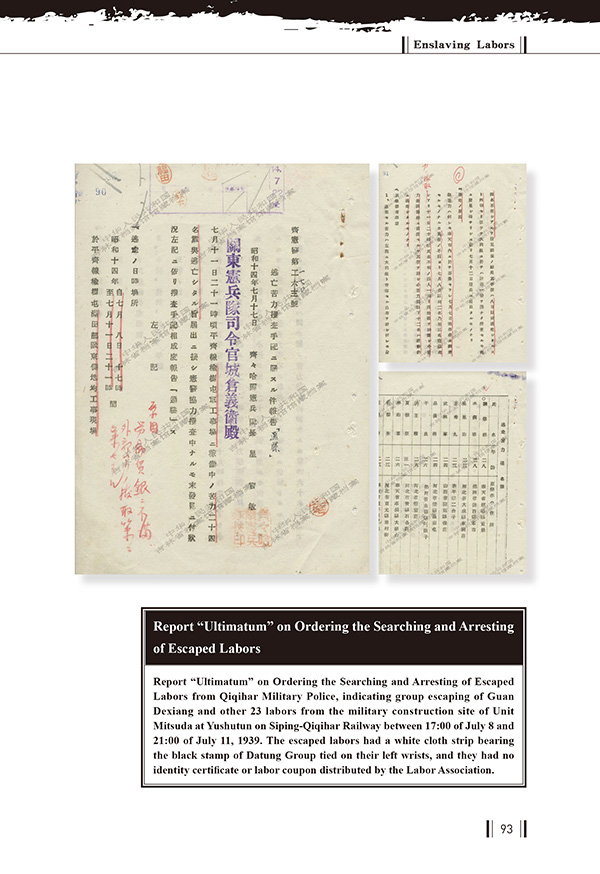
出版社: 五洲传播
原售价: 128.00
折扣价: 71.68
折扣购买: 罪证(侵华日军遗留档案)(英文版)
ISBN: 9787508527512

本名弓云,汉族,作家兼工程师。祖籍河北,1970年生于北京。1992年毕业于北京师范大学,后长期旅居日本,先后在美国通用电气、AT&T、诺基亚、AMECO等公司工作。曾任日本《新华侨报》副总编、文汇出版社北京分社副总编、《环球时报》驻日本记者等职务,著有《血火考场——甲午原来如此》、《国破山河在》、《看邻人火烧》、《京城十案》、《与“鬼”为邻》等图书40余部。作为文史学者,曾进行过世界范围内甲午战争遗物考察、在日抗战文献搜集等工作。 With the original name of Gong Yun, Sa Su is a Han writer and engineer. A native of Hebei, he was born in Beijing in 1970, graduated from Beijing Normal University in 1992, then lived in Japan for long, and worked at GE, AT&T, Nokia, AMECO and other companies successively. He served as deputy chief editor of New-generation Overseas Chinese Newspaper, deputy chief editor of Wenhui Press Beijing Branch, journalist of Global Times in Japan, etc., and wrote more than 40 books including The Test of Blood and Fire – What Happened in 1894, Though the Nation is Broken, the Mountains and Rivers Remain, Disasters in Japan, Ten Cases in the Capital, Living with Ghosts, etc. As a literary and historical scholar, Sa Su surveyed the relics of the Sino-Japanese War of 1894-1895, collected documents on the War of Resistance in Japan, and carried out other work around the world.
2014年初,吉林省档案馆发掘整理出一批侵华日军遗留档案,为日本侵略者的滔天罪行增添了最新证据。《罪证——侵华日军遗留档案》画册在吉林省档案馆档案残页的基础上,由长期致力于抗战史料研究的旅日作家萨苏先生结合档案内容配发了大量珍贵的图片,并精心撰写了图片说明。这些图片及其说明,与档案中的只言片语连接成一个个真实的历史故事,使侵略者的罪证得以以更加丰富、直观的形式展现出来。 Early in 2014, Jilin Provincial Archives made to the public a batch of archives left by the Japanese army invading China. In this book, some fragments of the archives left over from the Kwantung Army Military Police Headquarters were selected, to present the truth with the archives made by the Japanese themselves, so that people in the world can better see the true nature of Japan militarism and the right-wing force in Japan. Mr. Sa Su, a writer traveling in Japan and having long engaged in the research of historical materials concerning the War of Resistance against Japanese Aggression, selected many precious pictures for this book in conjunction with the contents of the archives. These pictures and their notes, together with the few words in archives, tell true stories in history, to exhibit the crimes of aggressors in a richer and more visual form.


